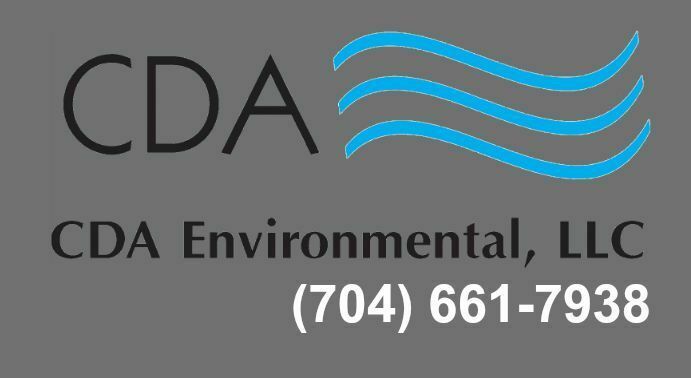Radon Testing
The Surgeon General has warned that radon is the second leading cause of lung cancer in the United States. Radon is a radioactive gas. It is colorless, odorless, tasteless, and chemically inert. Unless you test for radon, there is no way of qualifying how much is present within a structure. Radon comes from the natural radioactive decay of uranium in rock, soil, and water. It is found in all 50 states. Once produced, radon moves through the ground to the air above. Radon has a half-life of about four days which means that half of a given quantity of it breaks down every four days. When radon undergoes radioactive decay, it emits ionizing radiation in the form of alpha particles. In addition, it produces short-lived decay products, often called radioactive decay products (RDPs). Unlike radon, the RDPs can be a solid that can easily attach to dust and other particles. Those particles can be transported by air and can also be breathed into the lungs. The decay of RDPs continues until stable, non-radioactive RDPs are formed. At each step in the decay process, radiation is released. Sometimes, the term radon is used in a broad sense, referring to radon and its radioactive decay products all at once. When testing measures radiation from the progeny, rather than radon itself, the measurements are usually expressed in working level (WL) units. When radiation from radon is measured directly, the amount is usually expressed in picocuries per liter of air (pCi/L).
What is Radon Gas?
Radon is a cancer-causing radioactive gas that you cannot see, smell or taste. The presence of radon in your home or commercial building can pose a danger to the occupants health. Radon is the leading cause of lung cancer among non-smokers and the second leading cause of lung cancer in all Americans. Protect your family from Radon's hazardous effects. Test your home for Radon today!
Learn more about hazards associated with Radon Exposure
What is Radon Gas?
Radon is a cancer-causing radioactive gas that you cannot see, smell or taste. The presence of radon in your home or commercial building can pose a danger to the occupants health. Radon is the leading cause of lung cancer among non-smokers and the second leading cause of lung cancer in all Americans. Protect your family from Radon's hazardous effects. Test your home for Radon today!
Learn more about hazards associated with Radon Exposure
